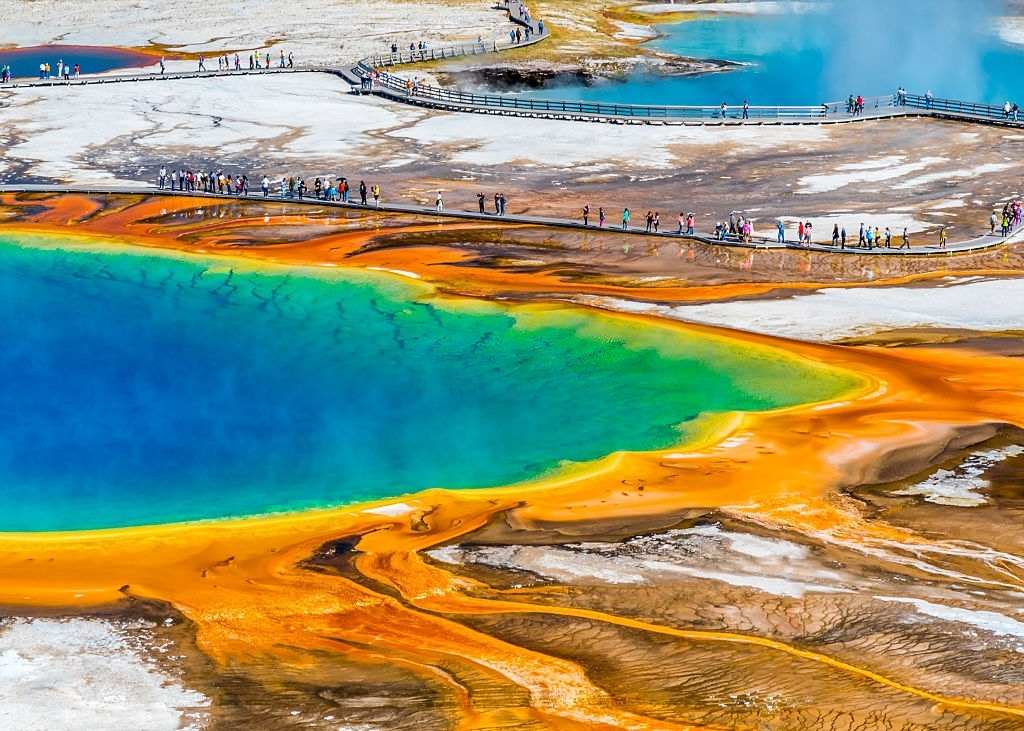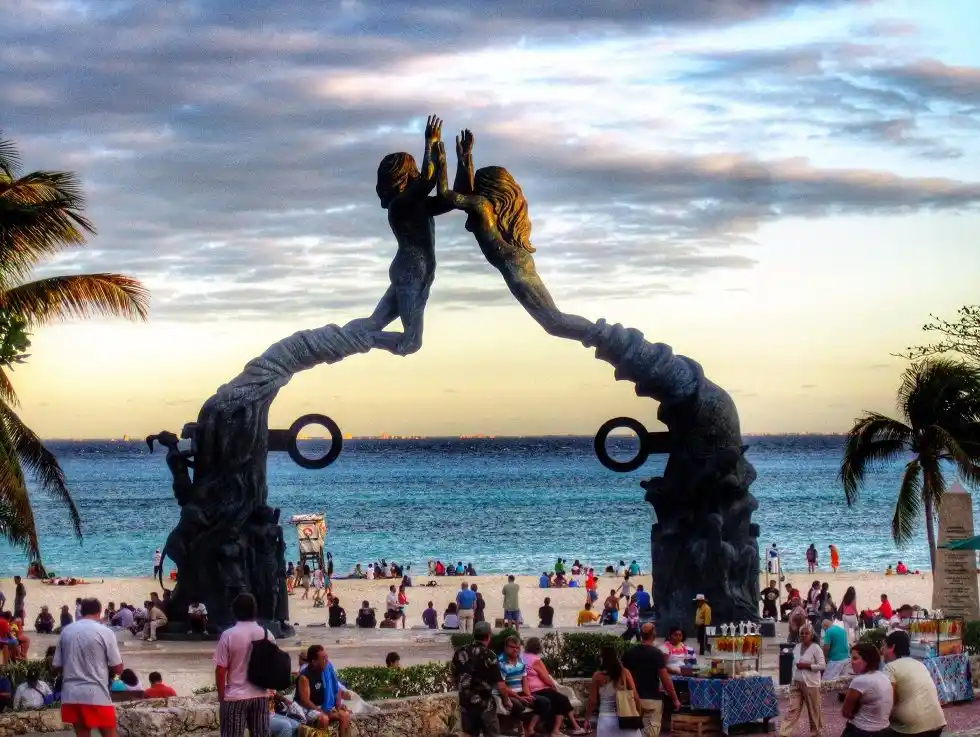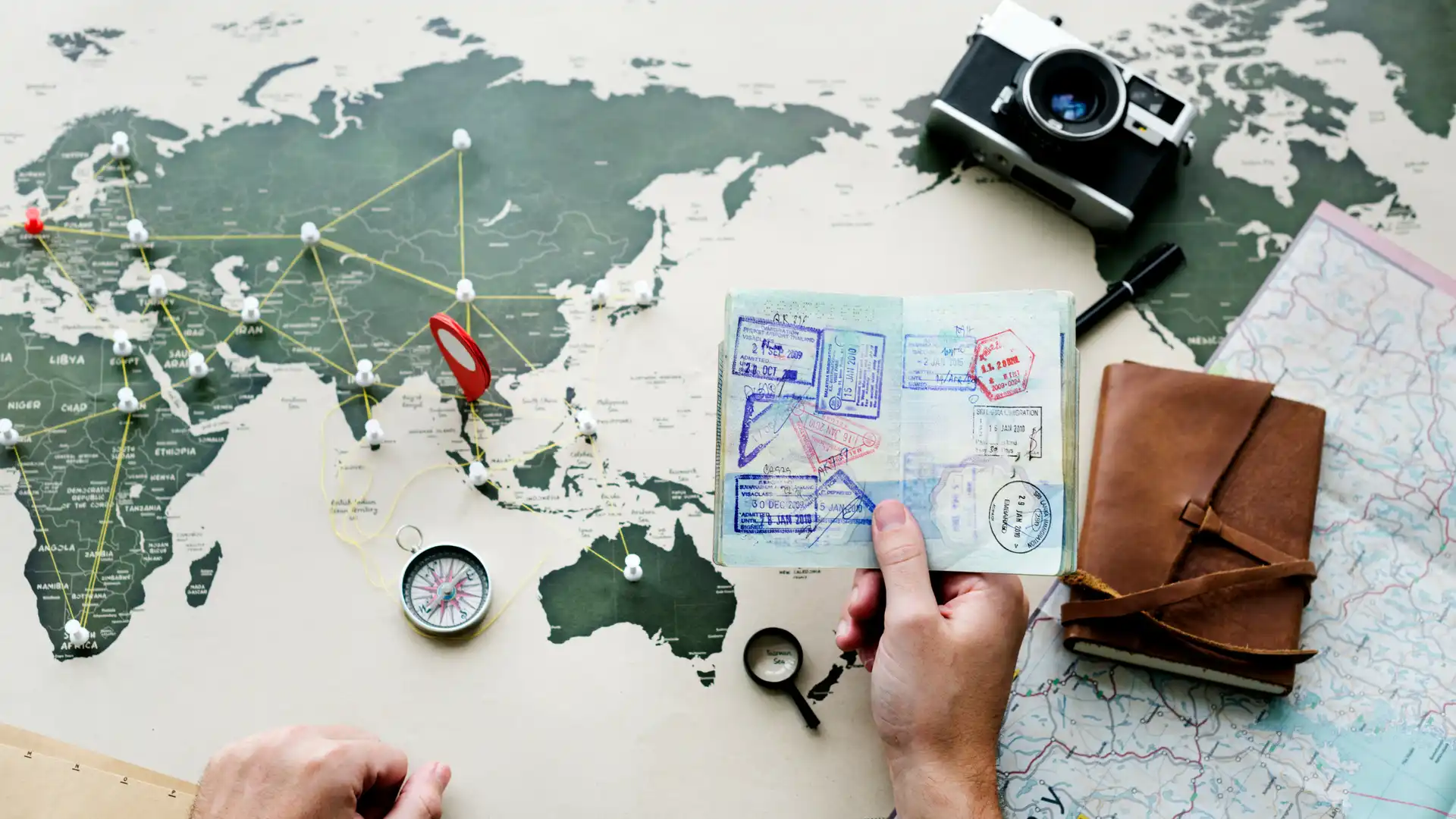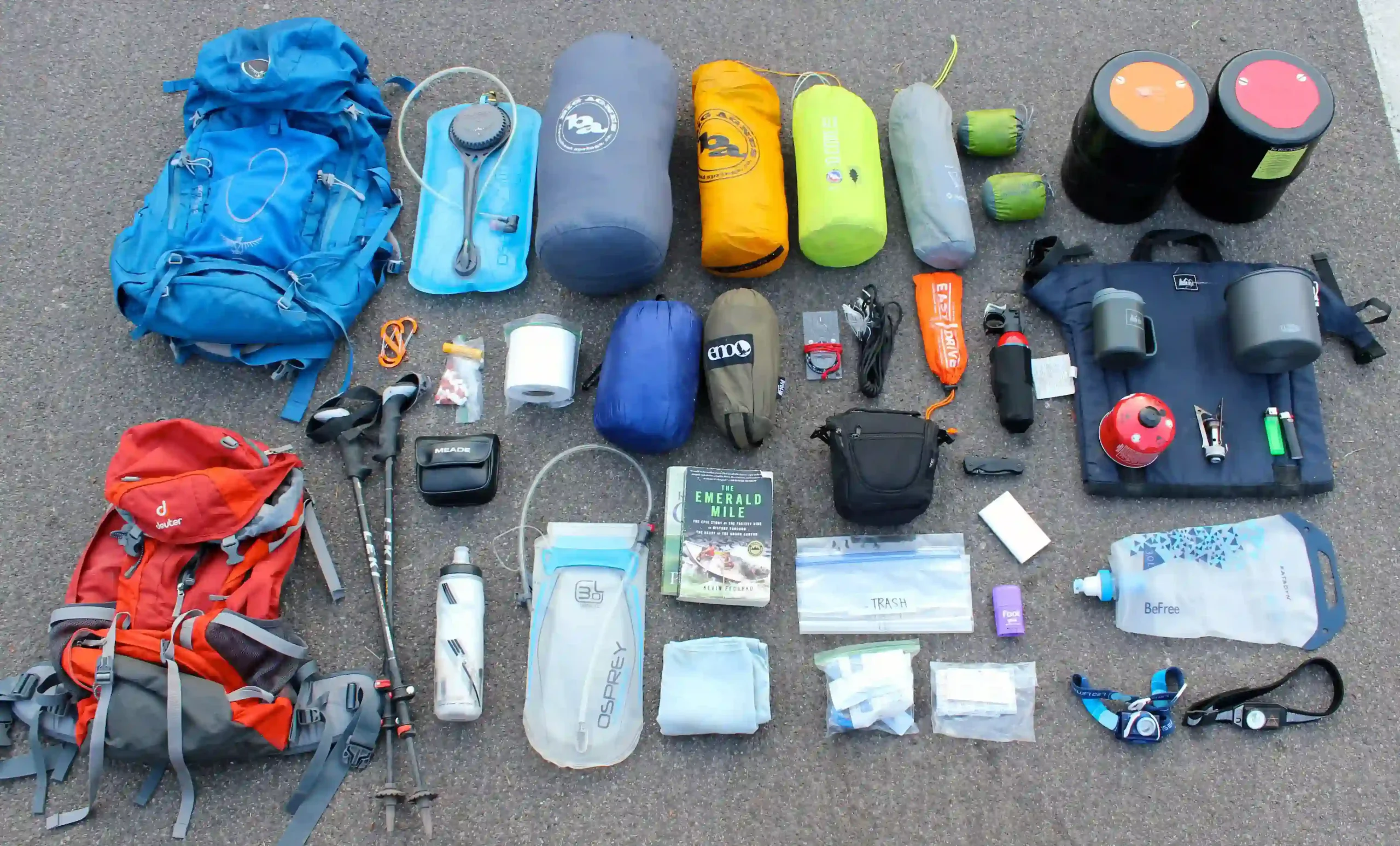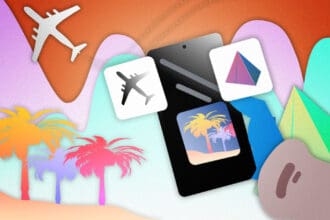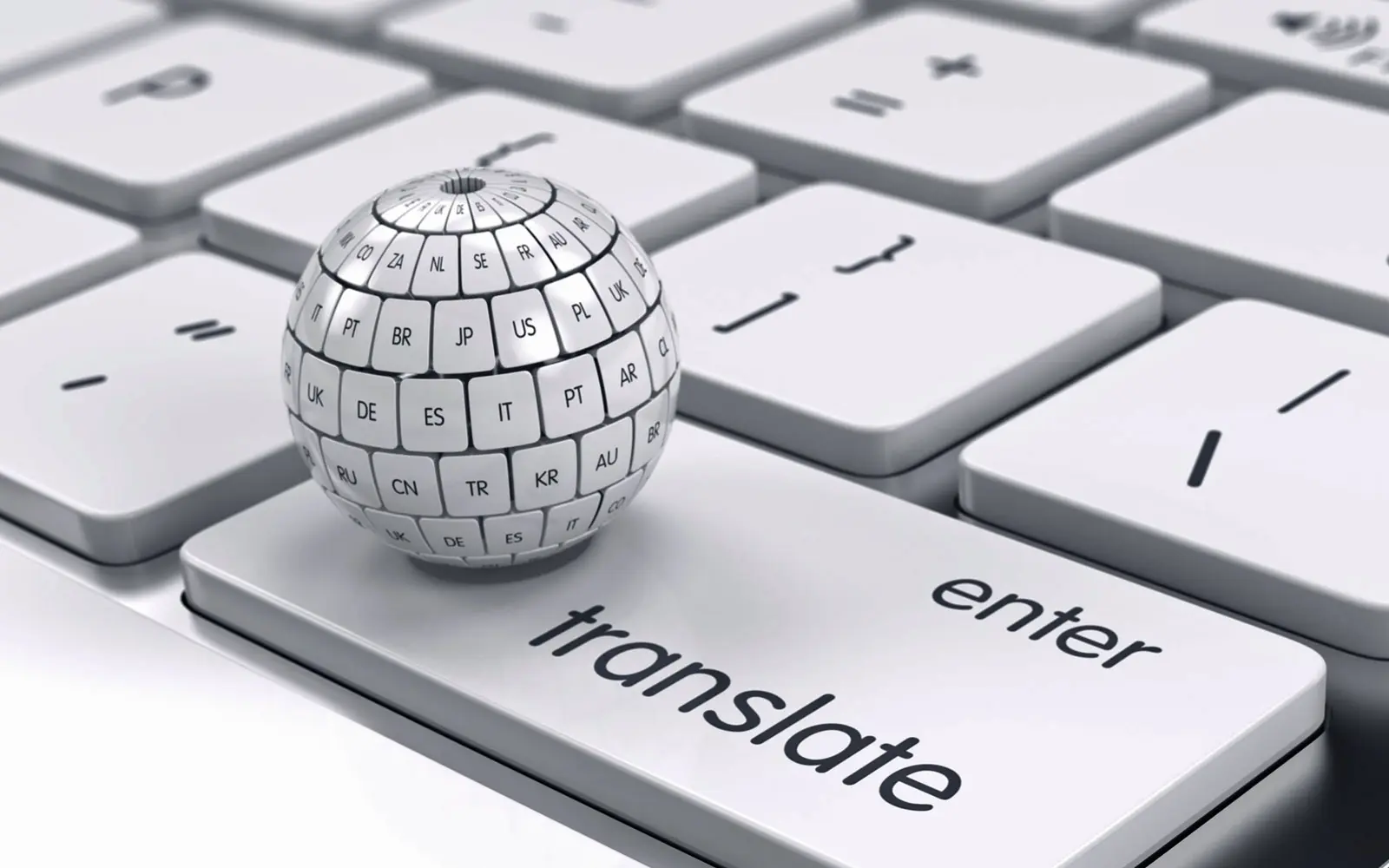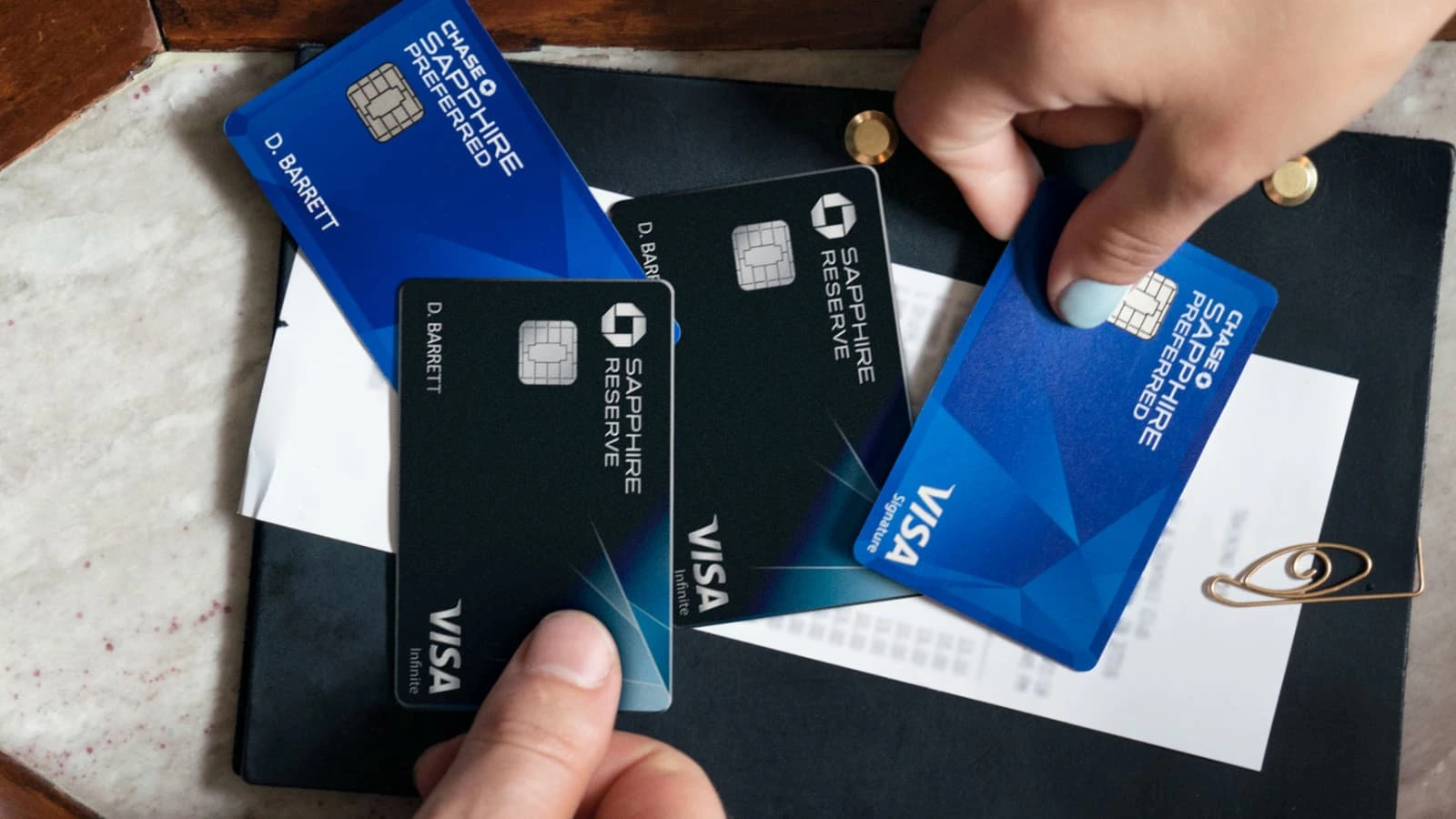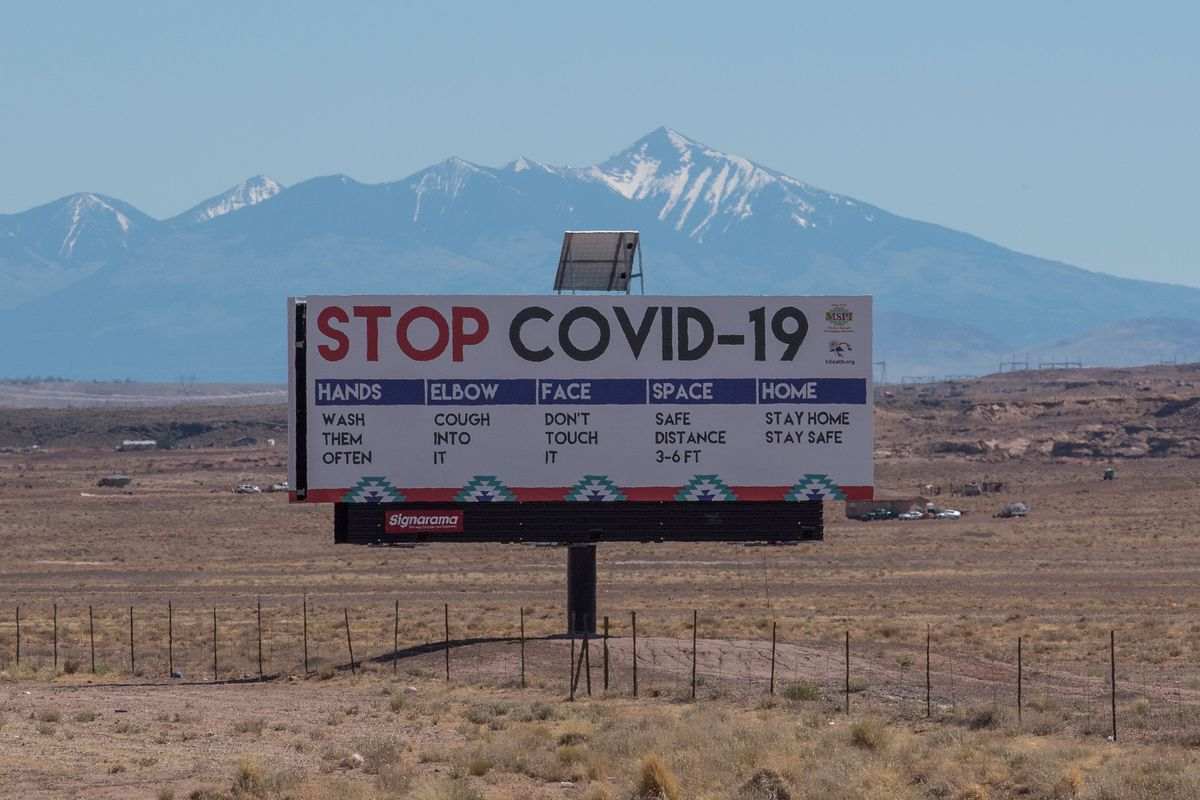Traveling from New Zealand to the United States can be an exciting and memorable experience, but it’s essential to plan well in advance to ensure your journey is smooth, enjoyable, and stress-free. From visa requirements to adjusting to time zone differences, every detail counts in ensuring you make the most of your trip. Let’s dive deeper into each aspect of planning to visit the United States from New Zealand.
1. Visa Requirements for New Zealand Citizens
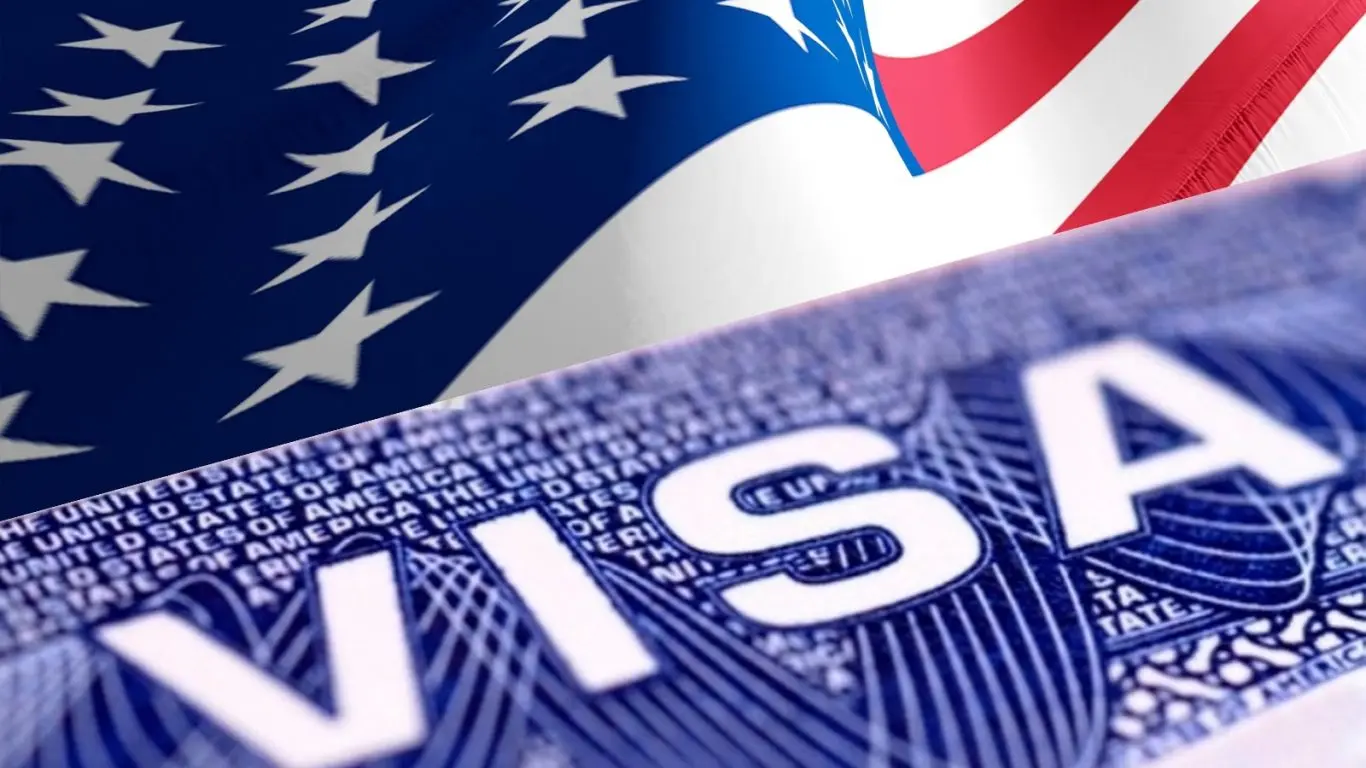
Before heading to the United States, the first step is to determine if you need a visa. For most New Zealand passport holders, the Visa Waiver Program (VWP) allows entry into the US without requiring a visa for stays of up to 90 days, as long as the purpose of the trip is for tourism or business.
Key Steps to Follow:
- ESTA Application: To qualify for the VWP, New Zealand citizens must apply for an Electronic System for Travel Authorization (ESTA) before boarding their flight. This electronic authorization determines if you are eligible for visa-free travel.
- Passport Validity: Your passport must be valid for at least six months beyond your planned departure date from the US.
- Visit ESTA Website: For guidance on applying for the ESTA and to ensure your application is approved, visit the official ESTA website. It is essential to complete the ESTA process before you book your flight.
If your ESTA application is approved, you can travel to the US without the need for a visa, but if you plan to stay longer than 90 days or for purposes other than tourism or business, you may need to apply for a tourist visa or another specific visa type.
2. Travel Insurance: Why It’s Essential

While travel insurance is optional, it’s highly recommended for every traveler, especially for an international trip to the United States. The healthcare system in the US is notoriously expensive, and having the right insurance can save you from significant financial loss in case of emergencies.
What Should Your Travel Insurance Cover?
- Medical Emergencies: This includes coverage for unexpected illnesses, injuries, and medical evacuations.
- Trip Cancellations or Interruptions: If unforeseen circumstances like flight cancellations or personal issues arise, you’ll be reimbursed for non-refundable costs.
- Lost or Stolen Belongings: Insurance can cover lost luggage, stolen items, or even damage to your personal belongings.
- Repatriation: If you need to return home early due to illness or other emergencies, this can also be covered under certain policies.
Be sure to choose an insurance policy that suits your specific needs and activities while in the US. Read the terms and conditions carefully to ensure it covers activities such as skiing or adventurous activities if you plan on engaging in such pursuits.
3. Time Zone Differences and Jet Lag
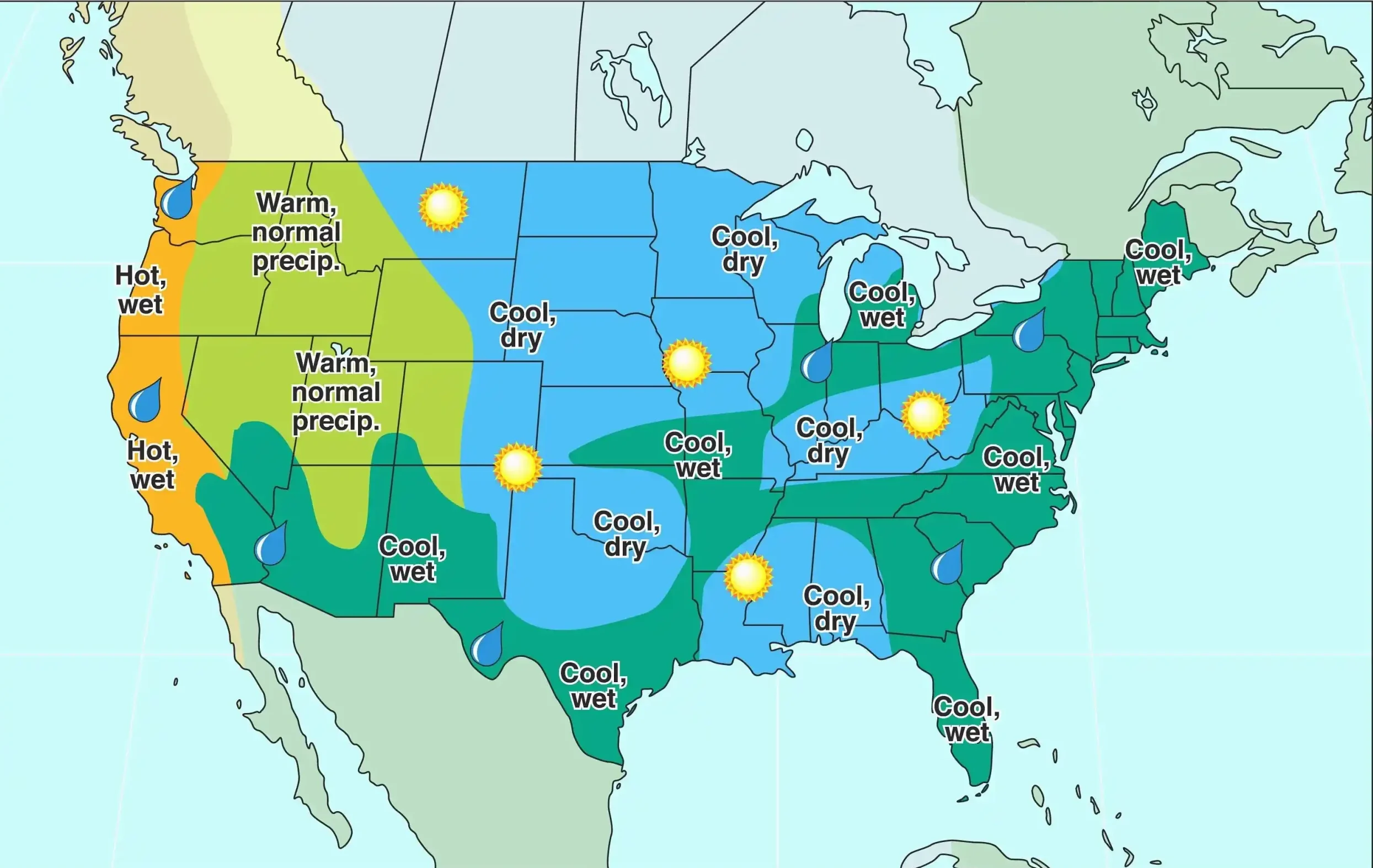
The United States spans several time zones. The time difference between New Zealand and the US can be significant, ranging from 16 to 21 hours, depending on your destination.
Tips to Manage Jet Lag:
- Adjust Your Schedule Before You Leave: If possible, start adjusting your sleep schedule to the US time zone a few days before your trip. This can help you minimize the effects of jet lag.
- Stay Hydrated: Dehydration can exacerbate the effects of jet lag, so drink plenty of water during your flight and after you arrive.
- Get Sunlight: Natural light helps regulate your body’s circadian rhythm and can assist in adjusting to the new time zone.
- Take Short Naps: When you first arrive, take short naps to recharge, but avoid long naps that could interfere with your ability to sleep at night.
Allow your body some time to adapt to the new time zone. Most people find it takes about a day for every time zone crossed, so plan to take it easy during the first day or two of your stay.
4. Weather Variations Across the US
The United States is a vast country with varying climates. The weather in one part of the country can be completely different from another, depending on the region and season.
Seasonal Variations:
- Winter in New England: Expect cold temperatures, snow, and freezing conditions during winter months.
- Summer in the South: The southern states like Florida and Texas can be hot and humid, so pack lightweight, breathable clothing.
- Mountain Regions: If you’re traveling to places like the Rocky Mountains or Alaska, prepare for cooler temperatures year-round, and be ready for rain or snow even in summer months.
To prepare, check the weather forecast for your specific destination in the US before departure. If you’re visiting multiple regions, pack layers to ensure you’re prepared for varying temperatures.
5. Transportation: Navigating the US

The US transportation system is diverse, offering a range of options for getting around, depending on your location and preferences.
Key Transportation Tips:
- Renting a Car: While it’s not always necessary to rent a car in major cities like New York or San Francisco, having one can be very helpful for exploring rural areas, visiting national parks, or traveling between cities. Be aware of driving laws and road conditions in the US.
- Public Transportation: Cities like New York, Chicago, and Washington D.C. have robust public transport systems, including subways, buses, and trains. It’s advisable to familiarize yourself with the metro systems before traveling.
- Domestic Flights: For long distances between cities like New York and Los Angeles, domestic flights are the fastest mode of travel. Booking early will help you find better prices.
- Ride-sharing Services: Services like Uber and Lyft are commonly available in cities across the US, providing affordable alternatives to taxis.
Always check with your hotel or accommodation about transportation options, and make sure to plan your routes in advance for a hassle-free experience.
6. Currency and Payments: Managing Finances
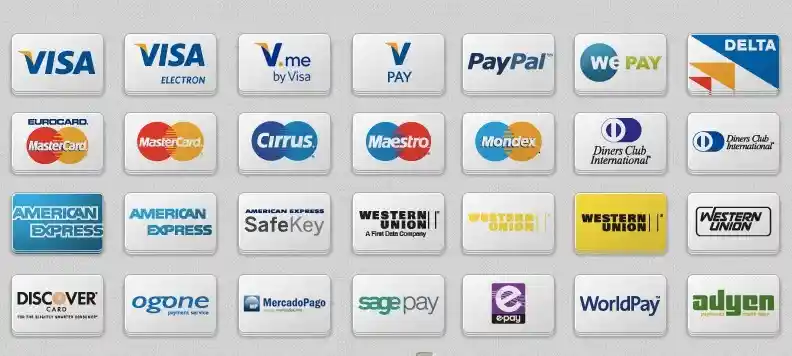
The US Dollar (USD) is the official currency in the United States, and while credit cards are widely accepted, it’s still important to be prepared with cash for smaller purchases or emergencies.
Managing Payments and Currency:
- Credit Cards and ATMs: Major credit and debit cards like Visa and Mastercard are accepted in most places. Be sure to inform your bank about your travel plans to avoid any issues with using your cards abroad.
- Currency Exchange: You can exchange New Zealand dollars (NZD) for US dollars at currency exchange offices or ATMs once you arrive in the US. Many airports have exchange services, but they may offer less favorable rates.
- Tipping: In the US, tipping is an important part of the service culture. Be prepared to tip your hotel staff, restaurant servers, taxi drivers, and other service personnel, usually between 10-20% of the bill.
7. Health and Safety: Prioritizing Your Well-being

Health and safety are essential considerations when traveling abroad. Here’s how you can stay safe and healthy in the United States:
Important Health Tips:
- Vaccinations: Check if any vaccinations are recommended or required for travelers to the United States. Ensure you are up-to-date on routine vaccinations.
- Prescription Medications: If you take prescription medications, make sure to bring enough for the duration of your trip and carry a copy of the prescription. Some medications may not be available in the US.
- Emergency Services: Familiarize yourself with the local healthcare facilities and emergency numbers in the area you will be staying. In case of emergencies, dial 911 for police, fire, or medical assistance.
- Travel Health Insurance: Ensure that your travel insurance includes adequate medical coverage, particularly for emergency situations and medical evacuations.
8. Travel Itinerary: Making the Most of Your Time
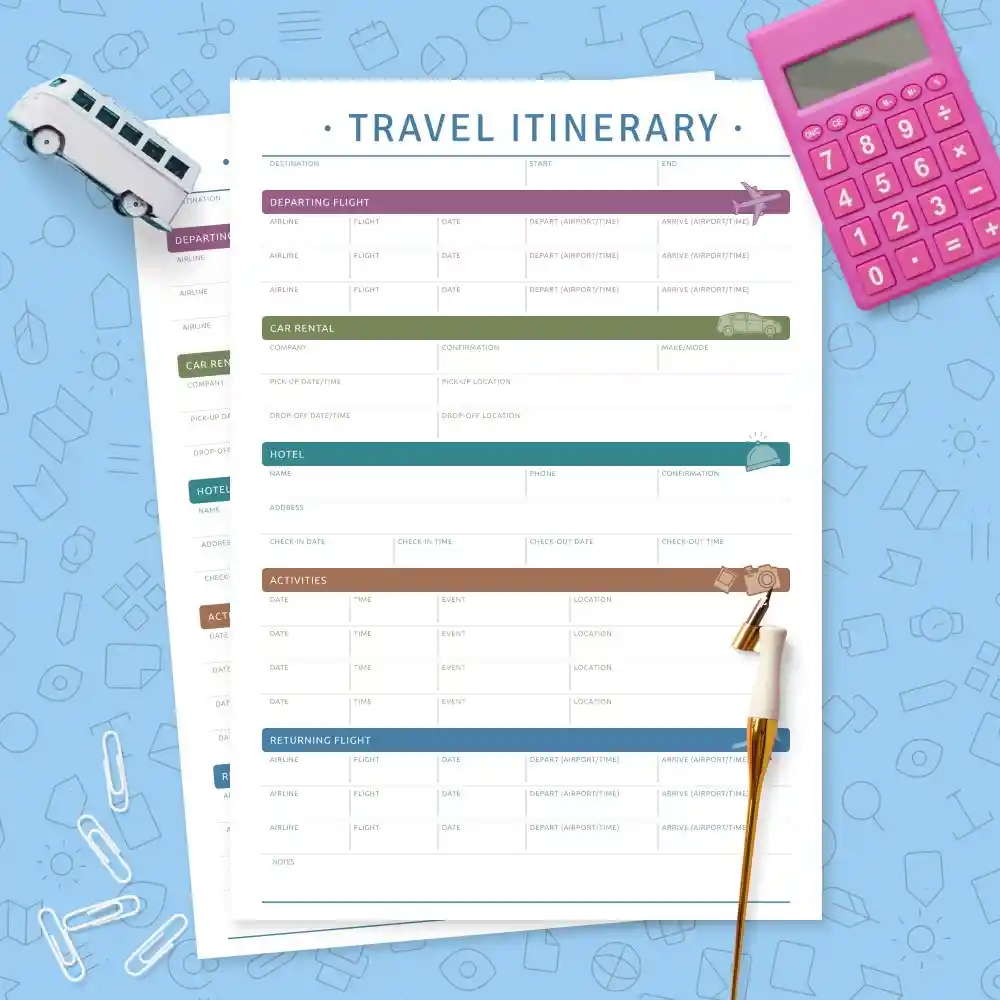
Planning a well-structured travel itinerary is key to maximizing your time in the US.
Key Considerations for Your Itinerary:
- National Parks and Landmarks: The United States is home to iconic landmarks like the Grand Canyon, Yellowstone, and the Statue of Liberty. These destinations are a must-see for many visitors.
- Cultural Events and Festivals: Depending on your travel dates, you could attend Mardi Gras in New Orleans, Coachella in California, or Broadway shows in New York.
- Regional Cuisine and Activities: Don’t miss the chance to enjoy local specialties, like deep-dish pizza in Chicago or lobster rolls in Maine.
Make sure to research local events, available activities, and must-see attractions to ensure your trip is tailored to your interests.
Conclusion
Traveling from New Zealand to the United States requires thoughtful preparation, from understanding visa requirements to adjusting to time zone differences. By planning your transportation, weather conditions, and health precautions in advance, you’ll ensure a smoother and more enjoyable trip. Remember to check your travel insurance, currency needs, and emergency services to safeguard against unexpected issues.
With the right preparation, your time in the US will be unforgettable, offering you the chance to explore a diverse country full of iconic landmarks, vibrant cities, and breathtaking landscapes.
FAQs:
1. Do I need a visa for New Zealanders to travel to the US?
New Zealand citizens can typically travel to the US under the Visa Waiver Program (VWP) for up to 90 days. Ensure you apply for an ESTA before your trip.
2. Is travel insurance necessary?
Yes, it is strongly recommended to protect yourself against unforeseen medical costs, trip interruptions, or other travel-related issues.
3. How do I adjust to jet lag when traveling to the US?
Adjust your schedule before you leave, stay hydrated, get sunlight, and allow your body time to adapt after arrival.
4. What currency is used in the US?
The official currency in the US is the US Dollar (USD). Be sure to bring cash for small purchases and inform your bank about your travel plans to avoid any issues using your cards abroad.
5. What is the best way to get around in the US?
For cities, public transportation like subways and buses are efficient, but for broader travel, renting a car or flying between cities is common.


